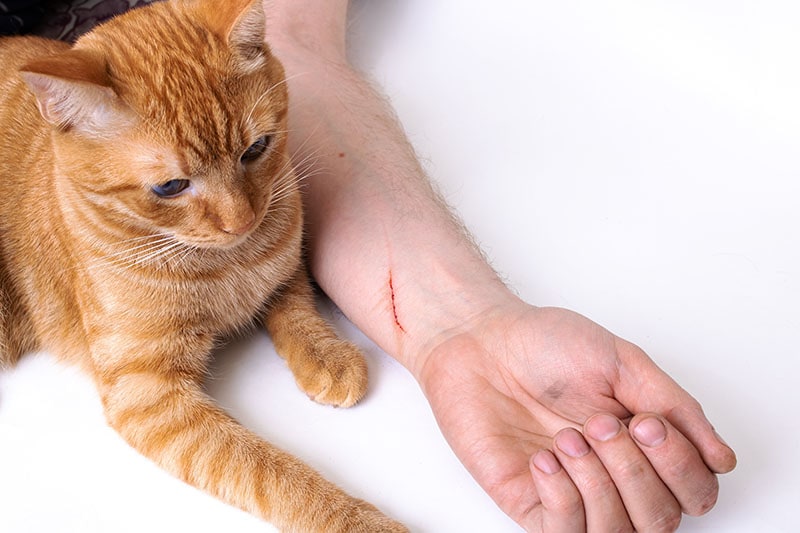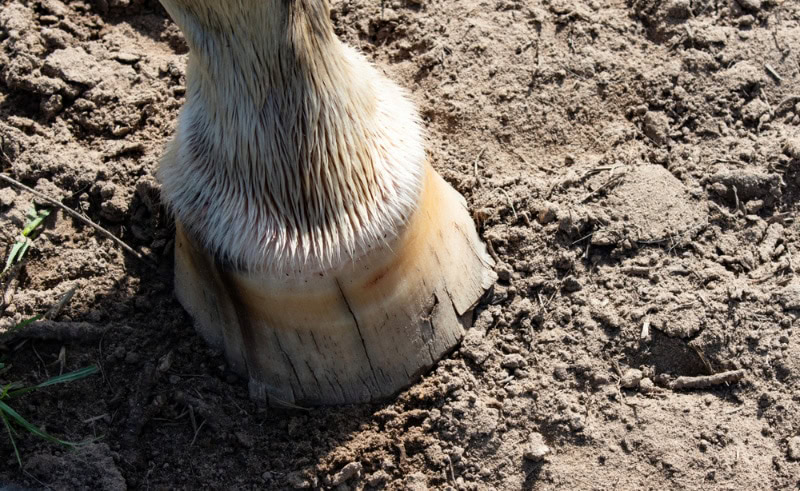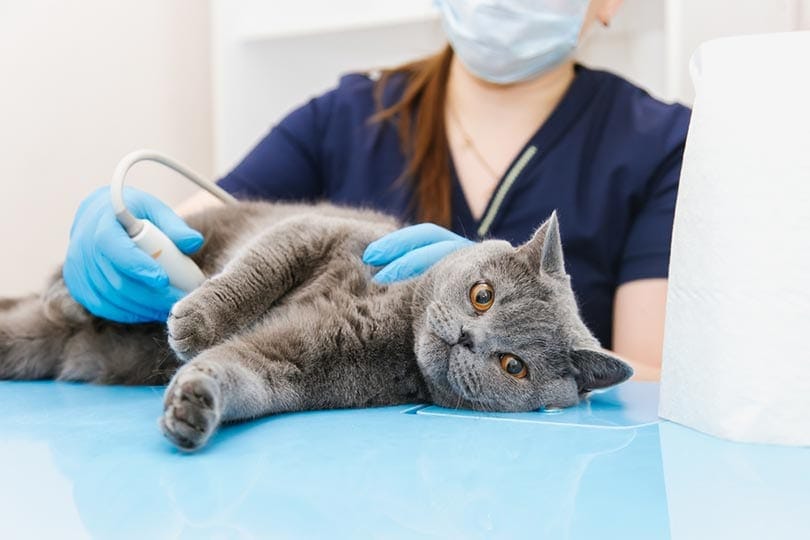VET APPROVED

The information is current and up-to-date in accordance with the latest veterinarian research.
Learn more »Click to Skip Ahead
Whether you are petting or feeding a stray/feral cat or your own pet, scratches and bites can occur.
A cat can scratch for many reasons. Maybe they are overstimulated, scared, territorial, or just like to play aggressively. Cat bites and scratches, even minor ones, can sometimes lead to complications, whether they are caused by your pet or a stray/feral cat. However, between kittens and adult cats, kittens are the ones that scratch most often because they are still learning the rules of the game.
So, what should you do if a cat scratches you? Read on to learn the steps for providing first aid for cat scratches.
Important note: The purpose of this post is not to diagnose illness or provide medical advice, as only your doctor can do this. We recommend that you contact a healthcare professional if you suffer any injury from a cat.

The 4 Important Steps in Providing First Aid for Cat Scratches
In general, cat scratches cause superficial skin lesions, which can become infected if first aid is not given. Also, various germs can reach the body that can cause infectious diseases like rabies, cat scratch fever, or tetanus.
Here are the initial steps to treat a cat scratch before you seek medical attention.
1. Wash the Area with Soap and Water
Wash the wound with water and soap for complete cleaning. It is recommended to let the water flow over the wound even if the skin does not seem to be perforated. Keep the affected area under running water for a few minutes.
If there are debris or foreign objects in the wound, such as hair, dirt, or other fragments, remove them carefully.
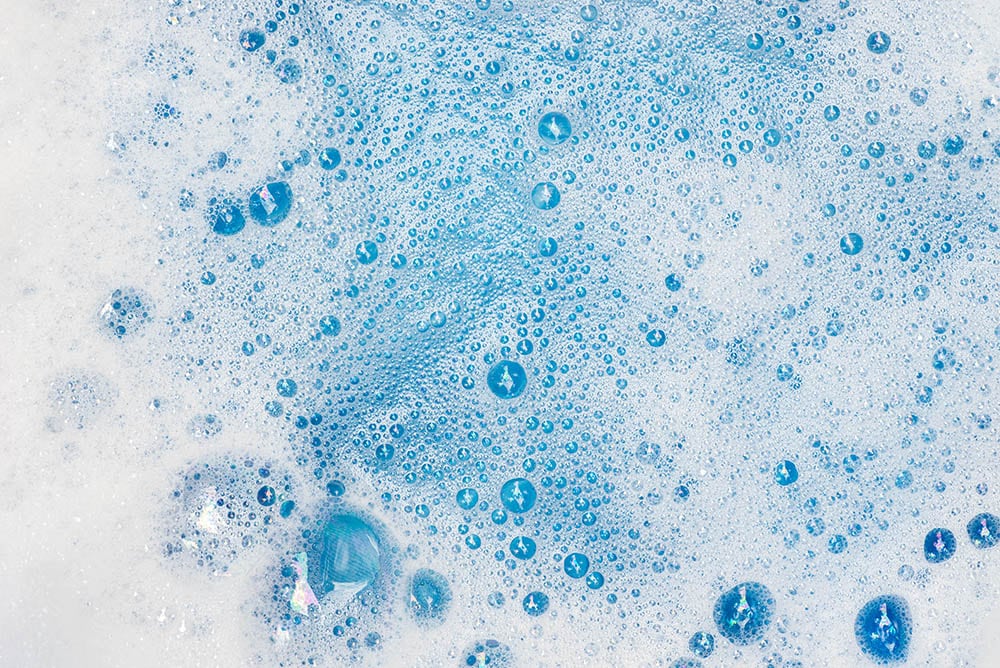
2. Apply Pressure to Stop the Bleeding
If bleeding is present, apply pressure using a sterile compress or a clean cloth (towel, t-shirt, etc.). If possible, wear latex or rubber gloves to protect yourself and prevent infection.
If the bleeding is severe, apply a sterile bandage to the wound, and press firmly. The dressing should be changed as often as necessary so it does not become soaked with blood. You should seek urgent medical care.
3. Apply Antiseptic Ointment
After drying the wound/stopping bleeding, apply an antiseptic cream/ointment, and cover it with a sterile gauze pad or a clean cloth. If the bleeding does not show signs of stopping, postpone the application of the cream and continue to apply pressure with a bandage.
Follow the advice of your healthcare provider. They may recommend you apply the antiseptic ointment once or twice a day until the wound shows signs of healing. After the wound starts to heal, you can apply ointments with calendula because this accelerates healing and gives elasticity to the skin.

4. Protect the Wound with a Sterile Bandage
After applying the antibiotic ointment, dress the wound with a sterile bandage to protect it. Change the bandage as directed by your doctor. In the case of superficial wounds, you normally need to keep the bandage just for 1 day.
If the scratch is painful, make sure you contact your doctor for advice.

What to Do if a Cat Scratched Your Eye
If a cat scratches your eye, you need to act quickly. Seeing a doctor promptly will avoid complications, even if you think it is just your eyelid that got injured.
- Immediately rinse the area with warm, clean water or saline solution.
- Do not rub the affected eye.
- Do not touch your eye with your fingers or other objects (e.g., cotton swabs).
- Go to the doctor immediately.
Although eye scratches typically heal quickly and without complications, the ophthalmologist should still examine you and prescribe the proper treatment. Untreated eye scratches can lead to:
- Excessive tearing
- Eye pain
- Eye redness
- Headache
- Sensitivity to light
- Gritty feeling in the eye
- Blurry vision
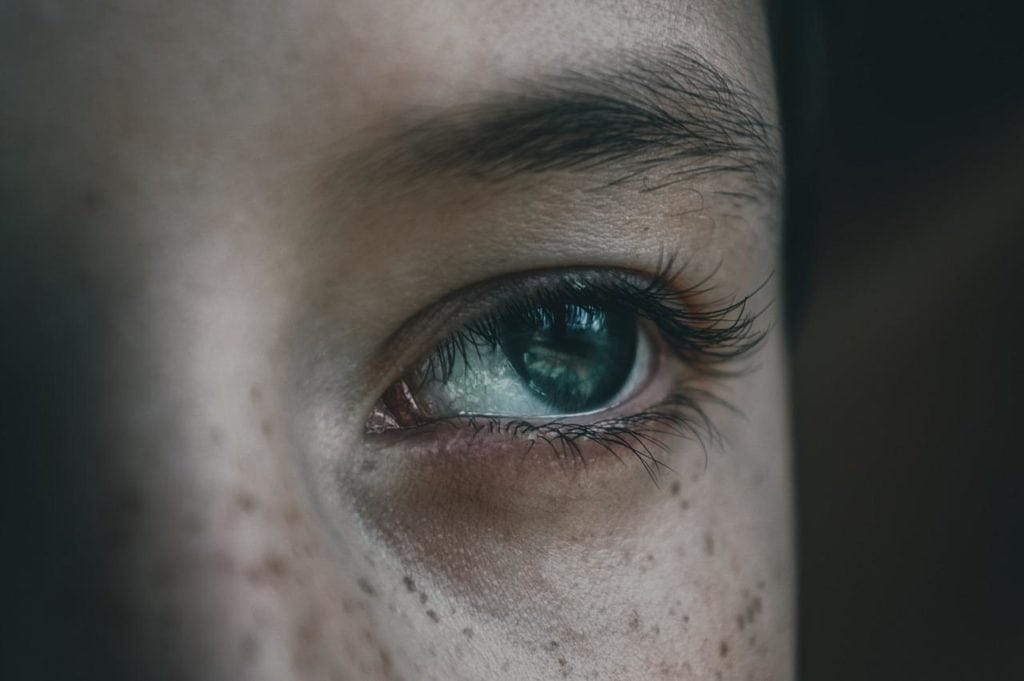
What Are Complications That Can Occur From a Cat Scratch?
Cats can scratch with claws and teeth. Regardless of how the scratch was caused, cats (especially outdoor, stray, or feral cats) can transmit various diseases. Another complication that can occur is the scratched area becoming infected.
Cat Scratch Fever (Cat Scratch Disease)
Cat scratch fever is an infection caused by the bacterium Bartonella henselae. It can be transmitted from an infected cat to humans through a bite, a scratch, or saliva; for example, if a cat licks an open wound. Those with compromised immune systems, babies, small children, and pregnant women are more prone to developing the disease. It usually occurs when the scratch has been caused by cats that fight with other cats or those with fleas.
A few weeks after the bacterium has entered the body (following a bite or scratch), one or more lymph nodes near the affected area may swell and become painful. These swollen nodes usually appear in the armpit and neck areas. Other clinical signs that may occur include:
- Fever
- Headache
- Low appetite
- Pain in the throat
- Back pain
- Chills
- Abdominal or joint pain
Cat scratch disease should be evaluated by your doctor. They may decide not to prescribe you with any treatment. Under your doctor’s guidance, you may need to take medication to relieve pain and discomfort and apply warm compresses to the injured area. Antibiotic treatment is necessary when the person who developed the disease has a weak immune system.

Rabies
Rabies is transmitted mainly through the saliva of infected animals. If a cat has scratched you with their claws, the chances of them infecting you with rabies are very low.
- Weakness
- Itching sensation around the wound
- Fever
- Headaches
- Anxiety
- Confusion
- Agitation
- Insomnia
Rabies is almost 100% fatal. Therefore, post-exposure prophylaxis consisting of a rabies vaccine and human rabies immune globulin has to be given as soon as possible after the bite/scratch because it can prevent infection. If you have a cat, it is vital and often mandatory to vaccinate them against rabies regularly.
Tetanus
Tetanus infection is caused by Clostridium tetani bacterium. It is a rare but severe infection that must be treated urgently with antibiotics and tetanus vaccine. Clinical signs may resemble those of cat scratch fever but may also include the following:
- Jaw cramping
- Muscle spasms in the stomach
- Muscle stiffness
- Swallowing difficulties
- Headache
- Seizures
- Fever
- Sweating

Skin Infection
In certain situations, the scratches can become infected and lead to the following clinical signs:
- Redness
- Warm area to the touch
- Swelling
- Pain
- Pus
If the infected scratch has led to generalized infection (sepsis), the following clinical signs may occur:
- Fever
- Chills
- Fatigue
- Body ache
- Inflamed lymph nodes, especially those near the scratch

Conclusion
Cat scratches should not be overlooked. Most of the time, they are minor and harmless. However, serious complications may occur. If you have been scratched, contact your doctor immediately. Clean the wound with soap and water (or saline solution) for a few minutes, stop any bleeding, apply antiseptic ointment, and bandage the wound with a sterile gauze until you see your doctor.
Cat scratches from your own cat rarely lead to complications but should still be assessed by a healthcare provider. In the case of stray or feral cats, the situation is different, and you must consult the doctor immediately and monitor the clinical signs that occur (if any).
Featured Image Credit: Vera Aksionava, Shutterstock
